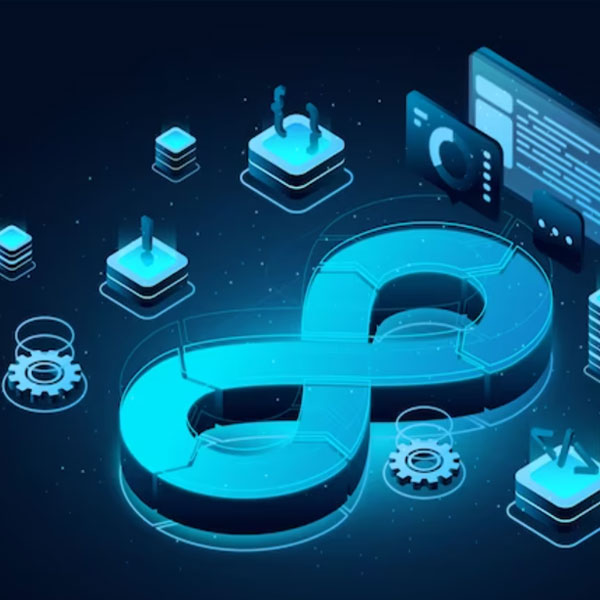Docker is a powerful software platform that enables rapid creation, testing, and deployment of applications. It achieves this by packaging software into standardized units known as containers. These containers encapsulate all the necessary components for the software to function seamlessly, including libraries, system tools, code, and runtime environments. With Docker, you can easily deploy and scale applications in any environment, while ensuring consistent execution of your code.
Kubernetes, on the other hand, is an open-source orchestration system specifically developed to manage containerized applications in clustered environments across multiple hosts. It provides advanced features for automating the deployment, scaling, and management of containerized applications, allowing for efficient utilization of resources and simplified administration.
Who can benefit from this course? Our course is designed for a wide range of individuals, including system administrators, developers, and anyone involved in the technical aspects of the DevOps methodology. Whether you are responsible for managing systems, developing applications, or actively involved in the DevOps workflow, this course will equip you with the knowledge and skills needed to successfully set up and manage Linux containers using Docker.
By enrolling in this course, you will gain the expertise necessary to leverage the full potential of Docker and Kubernetes, empowering you to streamline application deployment, enhance scalability, and optimize resource utilization. Take a step towards mastering containerization technologies and advance your career in the dynamic world of DevOps.

Our course schedule is thoughtfully designed to provide flexibility and convenience for our students. We understand that everyone has different commitments and time constraints, which is why we offer various scheduling options to suit your needs.

Supercharge your productivity with our cutting-edge coaching center offering comprehensive trainings. Unlock your potential and gain the skills needed for success in the tech industry.